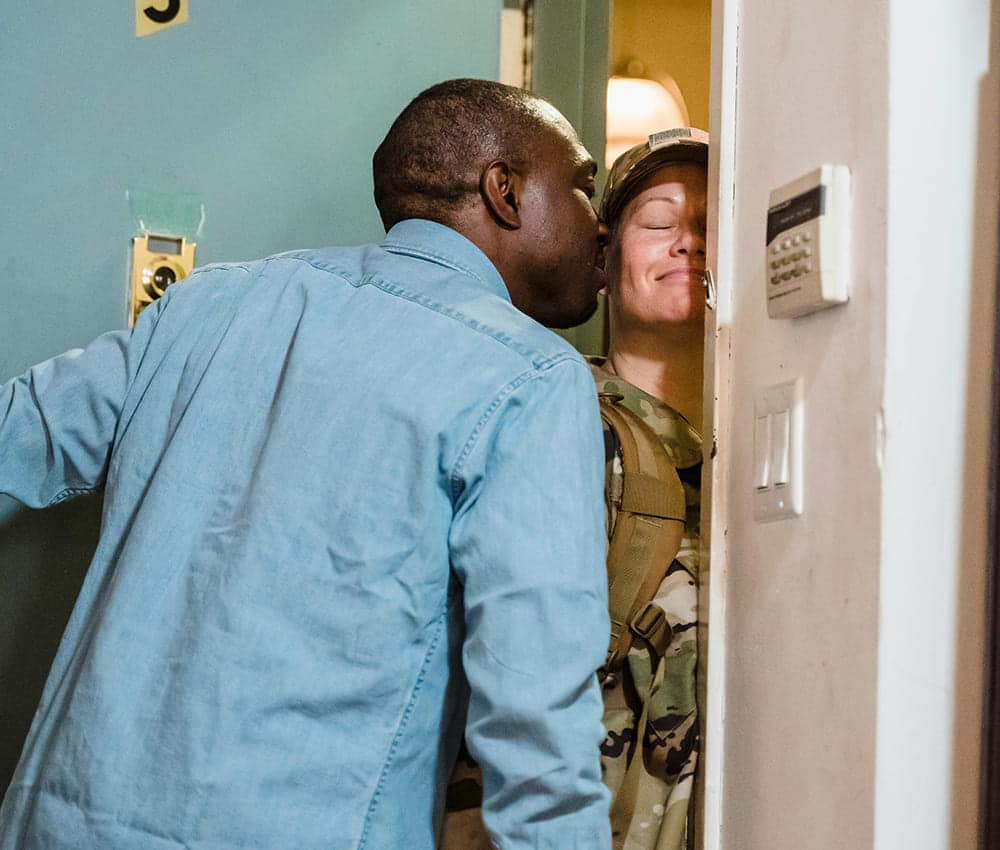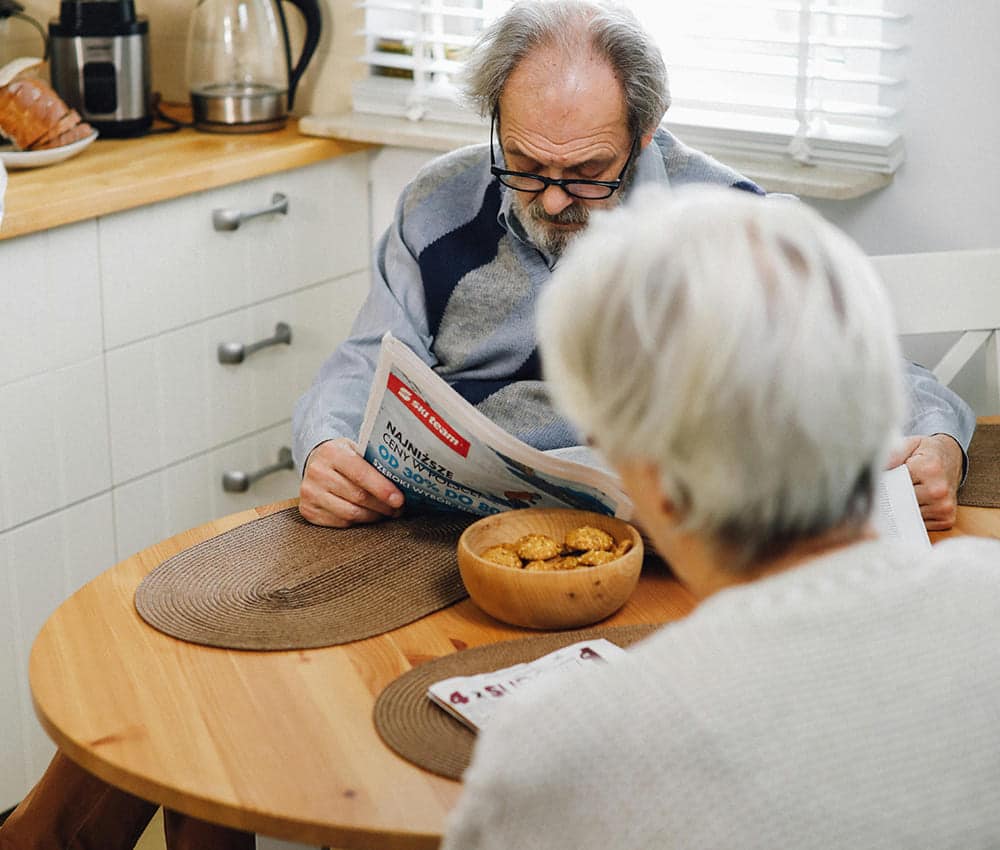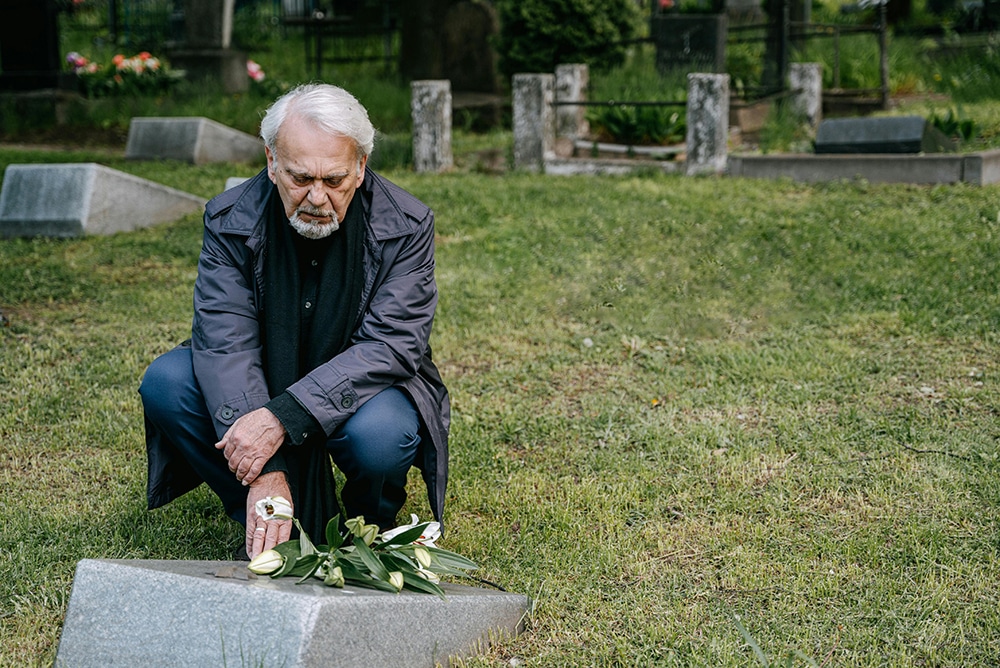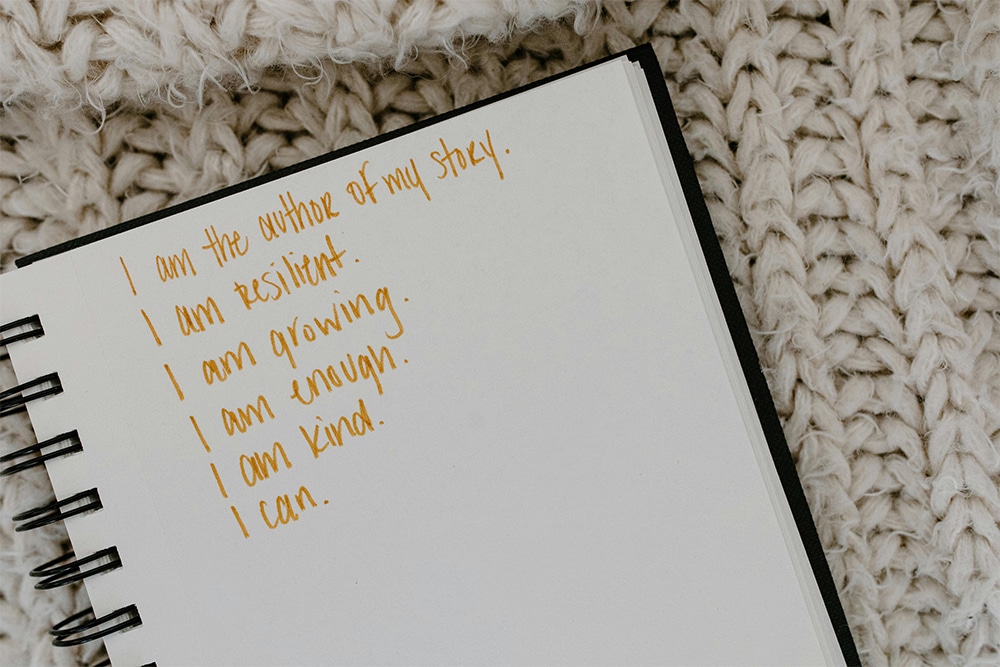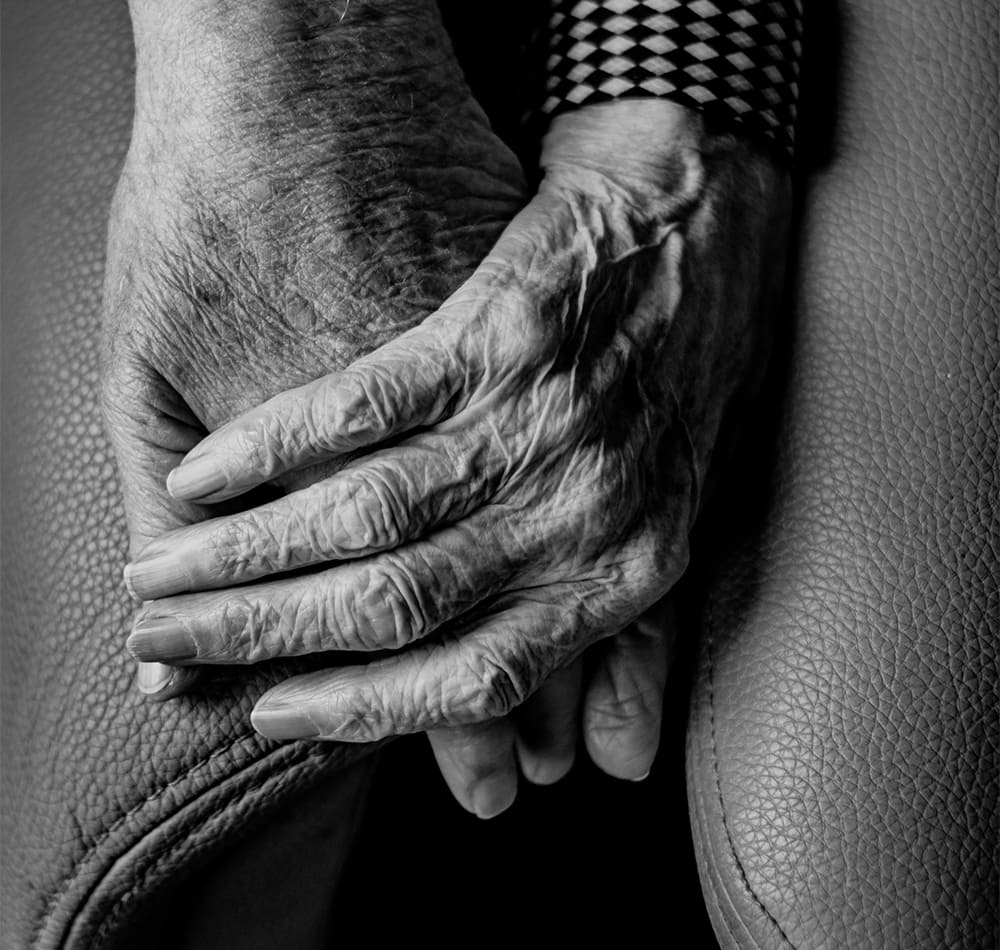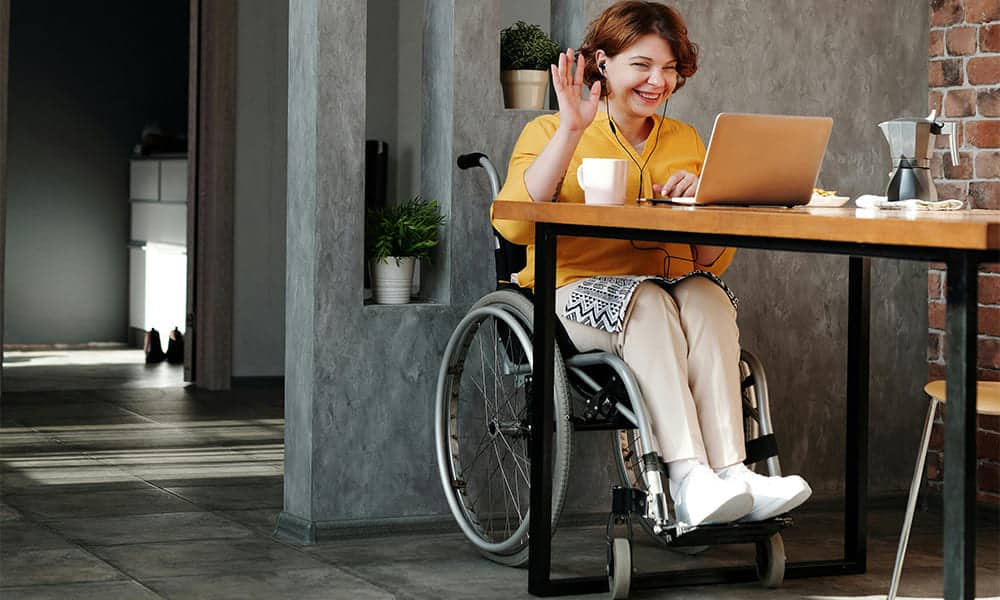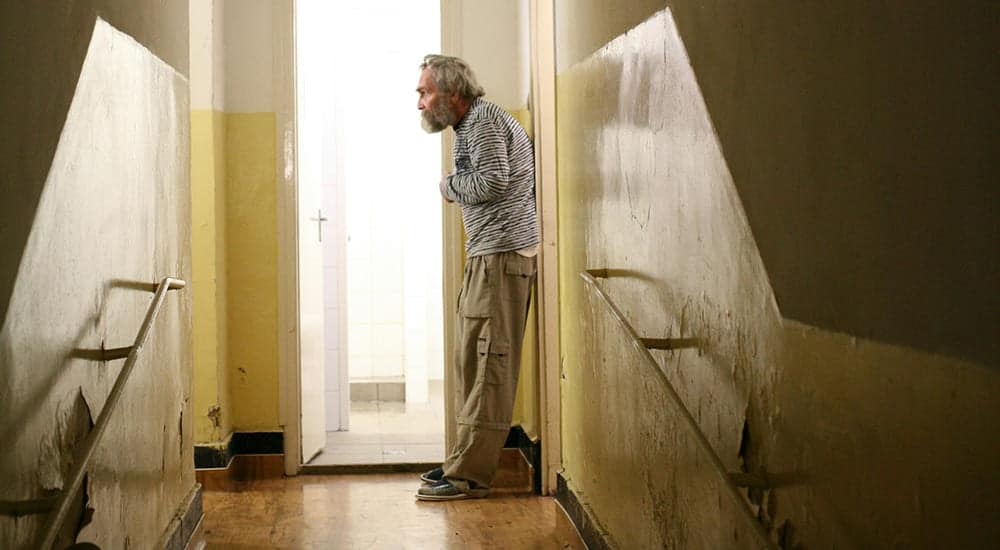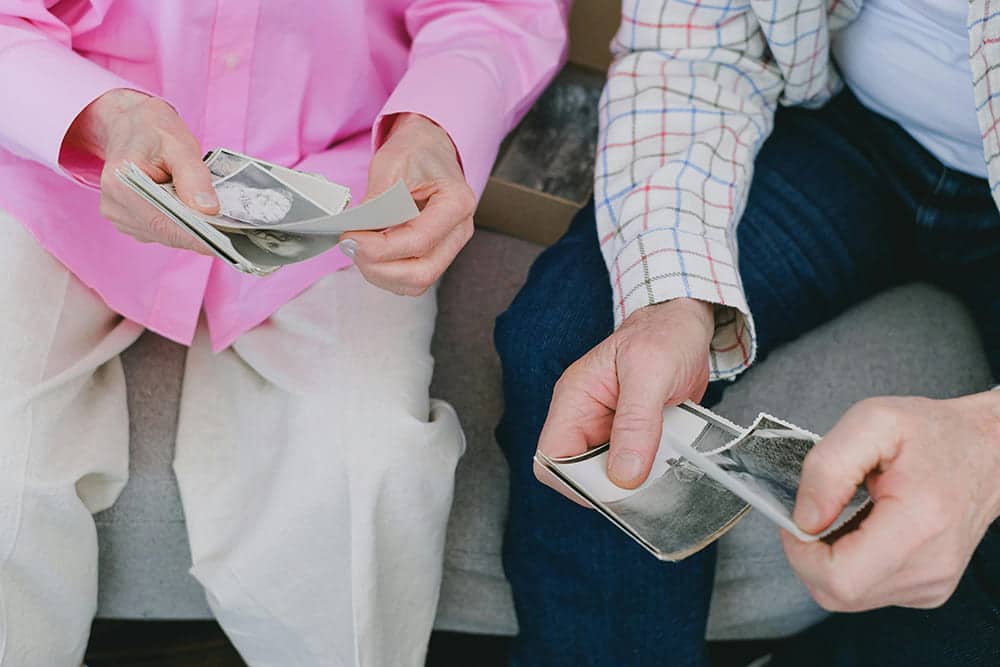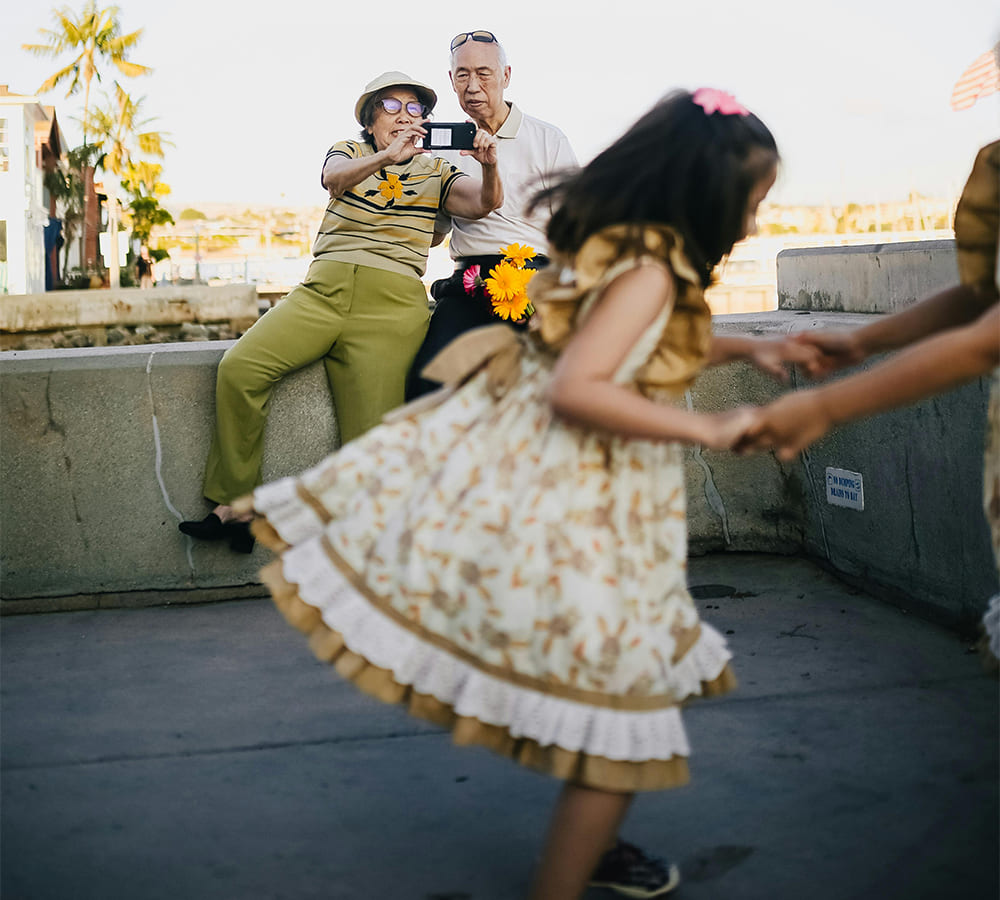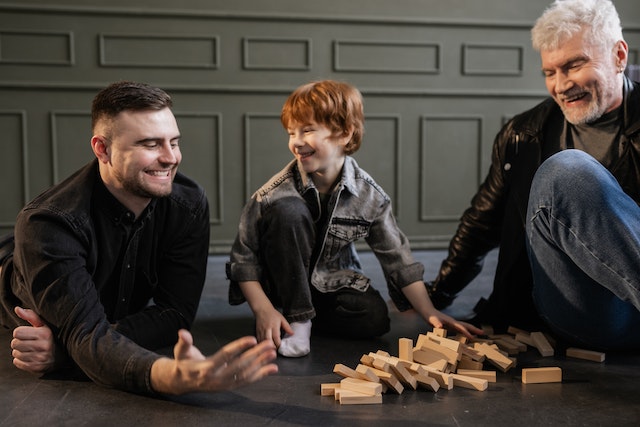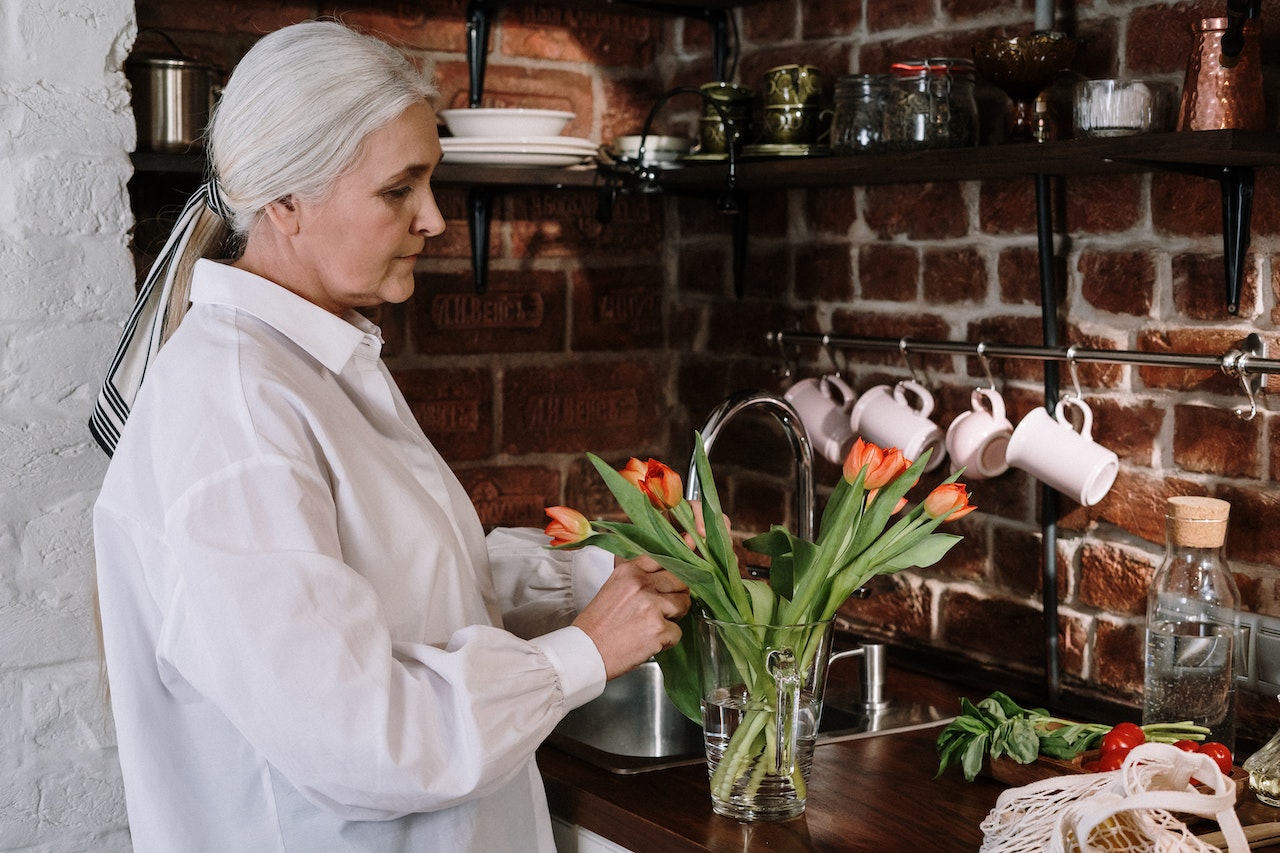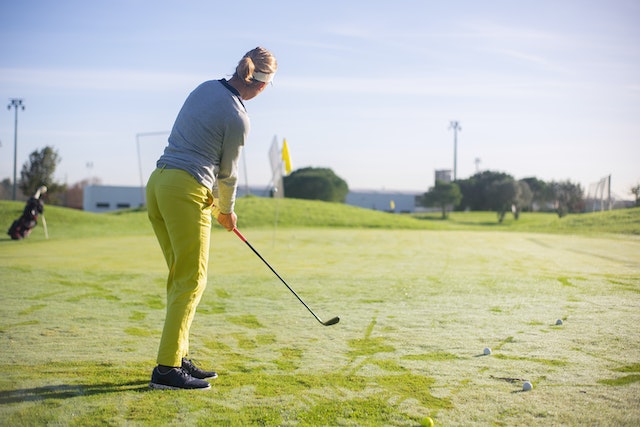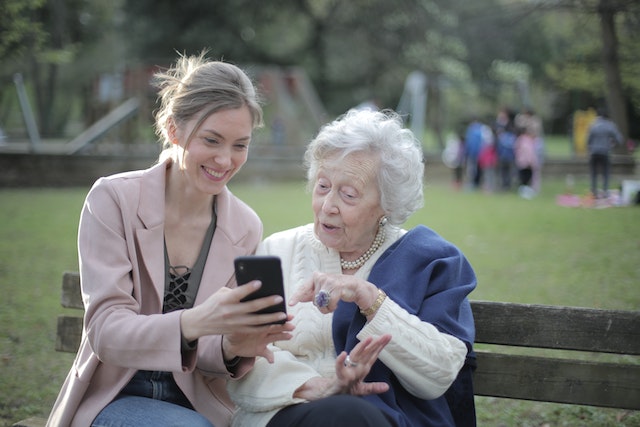Sorting activities offer a stimulating and engaging way to support individuals with dementia or Alzheimer’s disease. These activities can enhance cognitive function, improve mood, and promote social interaction. By incorporating sorting activities into daily routines, caregivers can provide valuable support and maintain a sense of connection with their loved ones.
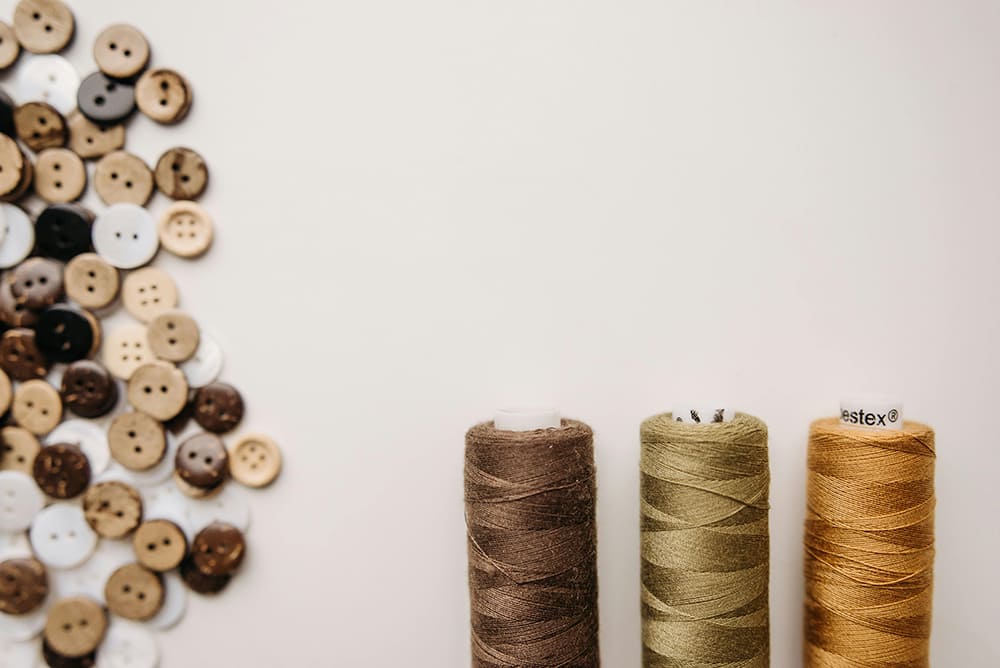
Christopher Ravn
Key Takeaways
1. Consider the patient's stage of dementia, cognitive abilities, and interests when selecting sorting activities. Adapt the activities to ensure they remain engaging and appropriate.
2. Create a positive and supportive environment where the patient feels encouraged to participate and enjoy the sorting activities.
3. Offer a range of sorting activities to keep the patient interested and challenged. Explore different categories, objects, and themes to cater to their preferences.
Table of Contents
1. Sorting Activities For Dementia Patients
2. What Are Some Specific Sorting Activity Ideas For Dementia Patients?
3. Examples Of Good Sifting And Sorting Bins
4. Adapting Sorting Activities For Different Stages Of Dementia
5. What Are Sorting Activities For Dementia And Alzheimer’s Patients?
6. Why Are Sorting Activities Good For Dementia And Alzheimer's Patients?
7. How Do You Teach Sorting Activities For Dementia Patients?
8. Frequently Asked Questions About Sorting Activities For Dementia Patients
Sorting Activities For Dementia Patients
- Memory sorting is where patients can sort items such as mementos, photos, or heirlooms into desired categories. This helps them to reminisce and stimulate cognitive function.
- Food is sorted into categories so that patients are familiar with the items.
- Travel sorting items like souvenirs or brochures into categories to ignite positive memories.
- Items in nature, such as rocks or leaves, are categories to stimulate their senses.
- Music is sorted into years, genres, or even artists so that dementia patients can enjoy and remember the songs that they love.
- Art sorting of supplies such as brushes, colors, or paints into categories to promote creativity.
- Shape sorting of towels, clothes, and bedding into categories to ignite a sense of fulfillment and familiarity with textures.
- Shape sorting of items such as blocks, toys, or household utensils to promote problem-solving.
- Color-sorting items to stimulate visual senses.
- Object sorting of personal belonging into categories to promote problem-solving.
- It stimulates memory and provides the ability to recall information.
- Caregivers and patients have a wonderful time interacting with each other.
- Patients feel accomplished by playing the game.
- You can customize it to suit the patient’s needs or interests.
- It’s a relaxing way to learn how to sort by categories.
- You will need to first select the right bin.
- Fill the bin with objects such as toys, beads, leaves, pinecones, or greeting cards. Keep it fresh and exciting to suit the environment.
- Ensure the right amount of items to sift and provide cards with simple and clear instructions.
- Place the bins in areas where they are accessible or near the nursing station.
- Keep changing bins to ensure curiosity and engagement. Try to involve caregivers and family members in the process.
- It requires focus, problem-solving, and decision-making.
- The object or theme of the bin evokes certain memories.
- It helps to promote hand-eye coordination and improve motor skills.
- It alleviates anxiety and agitation by giving a feeling of direction.
- Get a few varieties of socks with intriguing textures, colors, and patterns.
- Place the socks in a laundry basket.
- Gather the dementia patient to sort the socks into pairs.
- It engages cognitive stimulation.
- It provides a calming and enjoyable sensory experience.
- It promotes fine motor skills and hand-eye coordination.
- It enhances social interaction with loved ones.
- It boosts a sense of confidence and accomplishment.
- Enhance visual perception and attention.
- Stimulates memory recall.
- Boost a sense of engagement and accomplishment.
- Find several objects that have a variety of colors, such as beads or buttons.
- Provide an example of how to sort the items by color.
- Get patients to sort the items by themselves and provide cues where needed.
- Once the patient gains confidence, you can increase the sorting difficulty.
- Helps promote spatial and visual awareness.
- Boost problem-solving skills.
- It helps to stimulate conversation and enhance interaction.
- Gather objects of different shapes.
- Explain to the patient how to categorize objects by shape.
- Provide cues where necessary to assist the patient throughout the activity.
- Boost fine-motor and hand-eye coordination.
- Promotes spatial and visual awareness.
- Provides a sense of accomplishment and encouragement.
- Collect objects that have different sizes.
- Explain or show care of the process by categorizing the objects.
- Get the patient to sort the objects on their own. However, remember to provide verbal cues or visual aids when necessary.
- Increase complexity when the patient shows the ability to handle simple tasks.
- Sorting household items by function or organizing materials by type
- You could even categorize items in nature by type of texture.
- Arrange fruits or vegetables according to color.
- Arrange fruits or vegetables according to size.
- Mix and match foods by item and size and get the patients to sort it.
- Ensure that the food items used are safe.
- Use simple sorting activities and build the complexity gradually.
- Get the patients to describe the food they are sorting.
What Are Some Specific Sorting Activity Ideas For Dementia Patients?
- Organize old postcards, mementos, and photographs by category.
- Sort spices, kitchen utensils, and certain canned foods.
- Arrange souvenirs, brochures, and postcards.
- Sort items such as rocks and shells.
- Label and sort paper items such as bills, letters, and receipts by type, date, or importance.
Sorting By Texture
- Allows engagement with the sense of touch, which is a common issue with people with dementia.
- Integrate visual and tactile sensory, which promotes a sense of focus. It ignites problem-solving, which helps boost cognitive function. Promote positive feelings like a sense of accomplishment.
Sorting By Function
- Kitchen utensils like spoons, forks, and knives.
- Clothing such as dresses, tops, and bottoms.
- Toiletries such as toothpaste, razors, and toothbrushes.
- Household items such as vases, portraits, and lamps.
- Fabrics such as clothing, bed linens, and upholstery.
- Promotes critical thinking, which boosts cognitive stimulation.
- It enables patients to encounter and acquaint themselves with commonplace items and tasks.
- A form of reminiscence therapy, as it may bring about memories or emotions tied to the activity.
- May promote calming and soothing feelings during the sorting activity.
Sorting Memories
- Ask the patient to sort old photographs by categories. You could also get them to talk and reminisce during the sorting session.
- Gather a box, place personal items such as keys, coins, and other items, and ask the patients to sort them.
- Provide a collection of CDs or music playlists from different eras. Get the patients to sort them by genre, decade, or artist.
- Collect personal items such as clothing, accessories, or household items and get the patient to sort them.
- Gather old newspaper clippings from different time periods and ask the patients to sort them.
Sorting Nature’s Treasures
- Leaf: Sorted by shape, color, or texture.
- Stone: Sorted by shape, color, or size.
- We can sort the combination of leaves and stones based on their texture, color, or shape.
Examples Of Good Sifting And Sorting Bins
- Jewelry, old photographs, buttons to bring about moments to reminisce.
- Rocks, feathers, and leaves and get the patient to sort them by color, texture, and shape. This helps with cognition.
- Place a huge pile of clothing in a bin and get the patient to sort it by style, texture, or color.
- Fill the bin with travel items such as souvenirs, postcards, or brochures and get them sorted by countries, landmarks, or modes of transportation.
Join families who have found relief with EVY LIGHT®
Click below to see how EVY LIGHT® is helping others
Adapting Sorting Activities For Different Stages Of Dementia
- In the early stages of dementia, you should encourage the patient to sort by category, function, or use various objects.
- For moderate stages of dementia, it is better to get them to sort by shape or color and use fewer items.
- For advanced stages of dementia, patients may benefit from choosing based on texture, size, and very limited items.
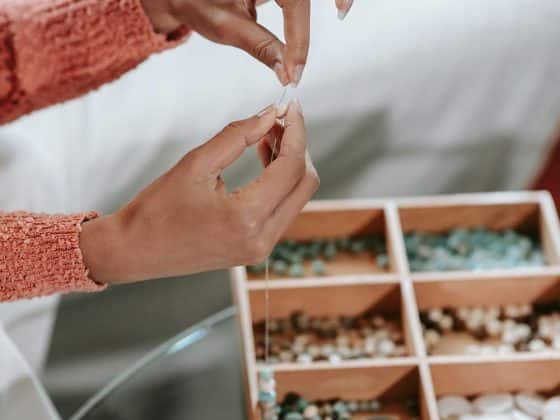
What Are Sorting Activities For Dementia And Alzheimer’s Patients?
Sorting activities for dementia and Alzheimer’s patients involves categorizing items by shape, color, type, or category. This helps patients with their anxiety and promotes positive emotions through reminiscence therapy.
- For patients in the early stages, ensure that there are a variety of objects and categories.
- For the moderate stage, use simpler categories and fewer objects.
- For advanced stages, use larger objects that are easier to handle.
- For activities for late-stage Alzheimer’s patients, use items that focus on touch, feel, or manipulation of objects.
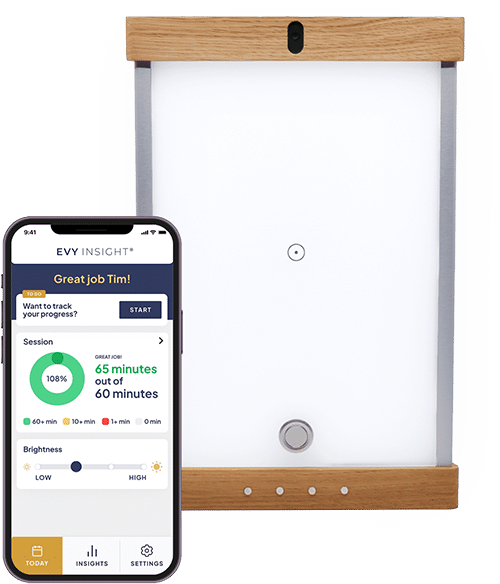
Why Are Sorting Activities Good For Dementia And Alzheimer's Patients?
Sorting activities are beneficial for dementia and Alzheimer’s patients because it helps with their cognition, emotional, and physical attributes. Activities like pairing baby socks can be repeated many times, which reinforces cognitive skills, boosts confidence, and improves fine motor skills.
- Place bins in an area that is easily located.
- Place items that are engaging and relevant to the patient.
- Ensure there is interaction between patient and caregiver.
- Incorporate this into the patient’s daily routines to provide a sense of predictability.
How Do You Teach Sorting Activities For Dementia Patients?
Use everyday items like coins, household items, and buttons to teach dementia patients sorting activities. Ensure the activities are simple and conducted in a comfortable and safe environment. Incorporate tactile objects and turn them into games for Alzheimer’s patients by using music and a timer. Focus on the process and modify it based on the patients.
Frequently Asked Questions About Sorting Activities For Dementia Patients
What Are Sorting Activities For Dementia Patients?
- Organize old postcards, mementos, and photographs by category.
- Sort spices, kitchen utensils, and certain canned foods.
- Arrange souvenirs, brochures, and postcards.
- Sort items such as rocks and shells.
- Label and sort paper items such as bills, letters, and receipts by type, date, or importance.
What Are Some Specific Sorting Activity Ideas For Dementia Patients?
- Jewelry, old photographs, buttons to bring about moments to reminisce.
- Rocks, feathers, and leaves and get the patient to sort them by color, texture, and shape. This helps with cognition.
- Place a huge pile of clothing in a bin and get the patient to sort it by style, texture, or color.
- Fill the bin with travel items such as souvenirs, postcards, or brochures and get them sorted by countries, landmarks, or modes of transportation.





